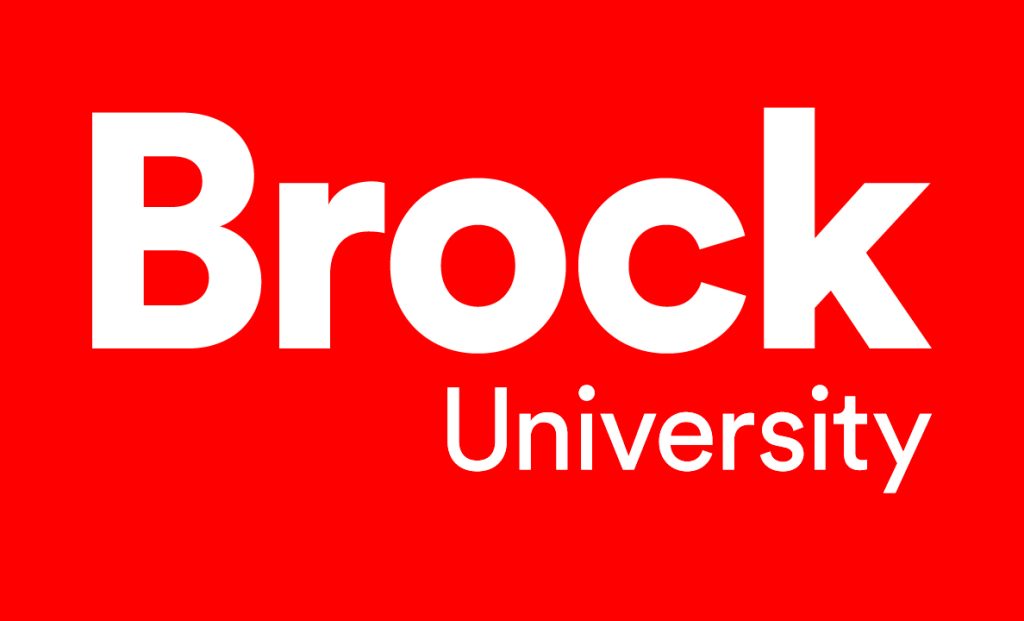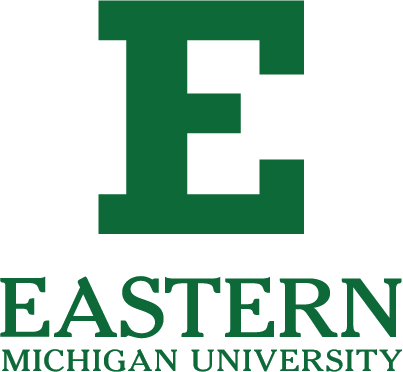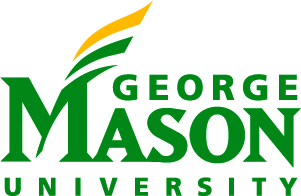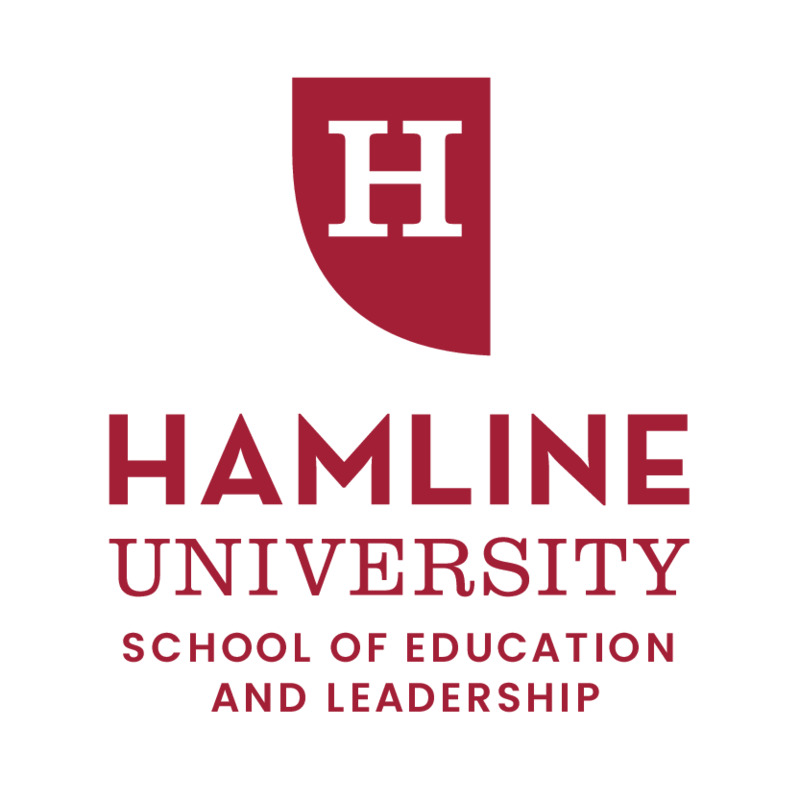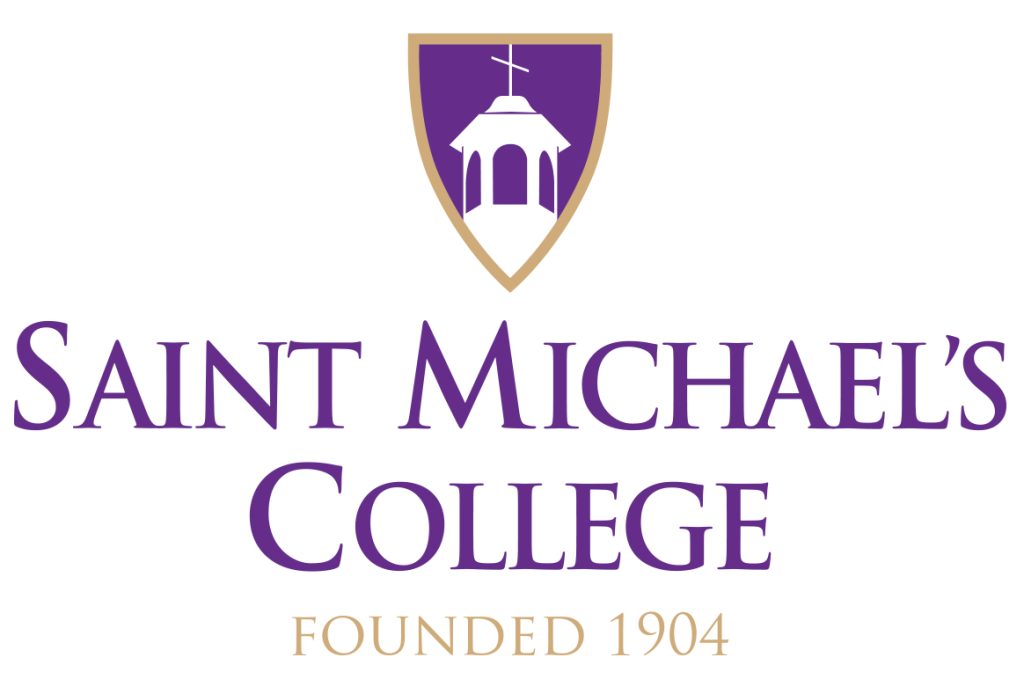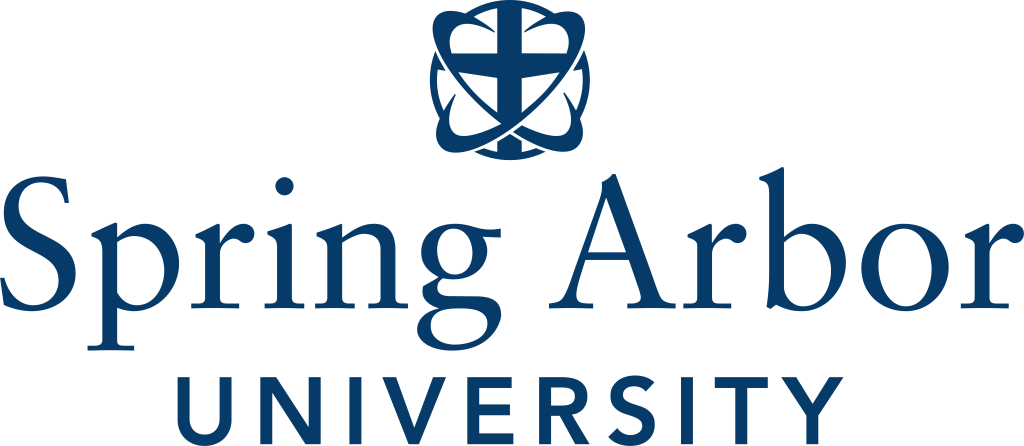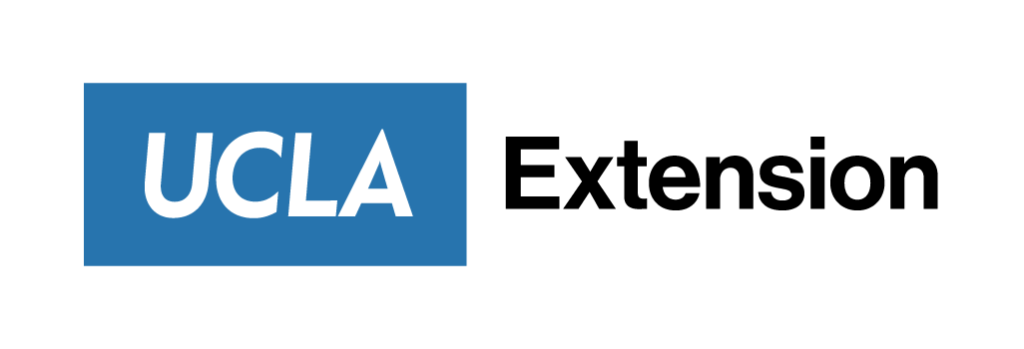

My first teaching job after earning a Master of Arts in teaching was at a private school in Austin, Texas, for students with dyslexia. Nearly all of these students had prior school experiences that were not positive. Yet they were thriving because they were at a school where teachers and staff, including highly trained academic language therapists, knew how the English language is structured, how to break it apart, and how to teach each component of the language explicitly and systematically to students.
I was so intrigued by the students’ success that when I moved to Rhode Island, I sought someone to equip me with this knowledge I had not gained in my educator preparation program. I was fortunate to meet an Orton Gillingham Academy Fellow, Linda Atamian, who spent the next several years training me. I learned about phonemes, graphemes, syllables, morphemes, syntax, and semantics. I learned about the cognitive process that occurs in the brain as we learn to turn print into language. I applied this knowledge while working with high school students who were 13–17 years old and who, despite their years of schooling, had not developed skills necessary for them to read and comprehend text. Thanks to explicit, systematic, incremental, cumulative, diagnostic-prescriptive, and emotionally sound instruction, those students finally learned to understand the structure of written language and experienced academic success for the first time, improved their outcomes, and began to see themselves as capable learners.
At the time, I didn’t know that my instruction was rooted in the science of reading. I did know that, equipped with this knowledge, I was confident that I could sit with nearly any student in a room with a pencil and a piece of paper and teach them to read. I wanted every teacher to become empowered with this knowledge, and I have been involved in work advancing that goal ever since.
Reading Is Not Us vs. Them
For years, people have been trying to incorporate evidence-based reading instruction (i.e., practices aligned with the research on how students learn to read) into schools. And for just as long, there has been pushback. For some reason, the science of reading has been associated with a particular political outlook. I’ve read the studies, and I’ve seen data from states, counties, districts, and schools that have turned to the science of reading to develop evidence-aligned systems. The data from these full-scale transformations doesn’t lie and it doesn’t have a political agenda. The science of reading is nonpartisan, and as educators, it is important to remember this to avoid an unhelpful us vs. them mentality.
At The Reading League, we use the hashtag #ItTakesALeague, and I fully stand behind this message. Instead of viewing improving literacy instruction in the US as a dichotomous effort, we strive to bring people in, listen with respect and curiosity, draw upon the knowledge of others, and hear their fears. We have found many fears expressed by voices opposed to the science of reading stem from worries that the student population they are advocating for is not considered in the discussion. We see this as an opportunity to gather voices from those who represent different populations to all collectively learn about what is effective for everyone. That is to say, the biology of how the brain learns to read is the same across languages and students, but we need to articulate nuances from the field. The most effective way to understand those nuances is by reading the research pertaining to a diverse range of learners and educators.
For example, some educators who have become empowered by understanding the science of reading have brought evidence-aligned practices to their classrooms and seen this transform their teaching. Sometimes it transforms whole grades or even entire schools. Still, when a new district administration comes in who has heard a misconception that the science of reading is a one-size-fits-all approach, or that it focuses on phonics to the exclusion of all else, they dismantle the work in favor of a curriculum or approach that is not aligned to the evidence.
Finding ‘One Universal Truth’ about the Science of Reading
School and district decision-makers are working hard to make sense of new legislation and guidance on evidence-aligned practices, taking phone calls from vendors, and trying to learn everything they can online. Some vendors offer “the science of reading in a box,” and district leaders think that if they implement that box of practices, they’re “doing the science of reading” in their district.
Although some great products and materials align with the evidence, that is not how it works. The science of reading is a vast, interdisciplinary body of knowledge that draws from decades of research across the globe and across languages.1 You can align practices to this research, but you can’t package it. Not only are these curricula not the science of reading in a box, sometimes they are not even fully aligned to the science of reading or may have a narrow focus. If a school adopts a foundational skills program, or perhaps a program that only targets a specific subskill like phonemic awareness, and then says they are “doing the science of reading,” that muddies the waters about what the science of reading is even further. It may even prevent some students from receiving other literacy instruction they need. Many educators working with English learners and emergent bilinguals find this particularly concerning. They worry that these practices are taking away their students’ English language development time.
As part of the effort to move past the us vs. them attitude that breeds misconceptions and stalls progress, The Reading League partnered with the National Committee for Effective Literacy (NCEL). This organization advocates for the educational needs of English learners and emergent bilinguals. As we talked and learned together through a series of virtual meetings leading to The Reading League Summit in 2022, we realized that we have the same goal and similar understandings of how to reach it.
Certainly, a few details were up for discussion, but that is healthy and appropriate for a research-driven movement. Learning from one another led to understanding, which developed trust. The result of our ongoing collaboration was, eventually, a joint statement between our organizations.2 The second paragraph of that statement says:
“One universal truth that emerged was that the science of reading has become a buzzword and lightning rod in the greater field of education. Our collective objective is to unite as a community of experts who understand the science of reading as a comprehensive body of knowledge. This knowledge should be embraced and applied to inform instruction, complemented by understanding and addressing the social, linguistic, and cultural factors that impact students. Furthermore, it is important to identify practices that are implemented in schools under the name of the science of reading that do not align with the scientific evidence of how English learner/emergent bilingual students (ELs/EBs) learn to read.”
Improving Practice for Multiple Constituencies
To help move the conversation toward that universal truth, The Reading League Compass was released.3 This web-based platform organizes resources to help stakeholders better understand how practices and curricula align to the science of reading. It includes materials, available at no cost, to support five constituencies:
Educators and specialists;
Those working with English learners/emergent bilinguals;
Administrators and administrator preparation programs;
Educator preparation programs; and
Policymakers and state education agencies.
Prior to developing The Reading League Compass, we created the Science of Reading: Defining Guide, which includes a definition of the science of reading and some basic, essential ideas about what the body of knowledge is and how it can inform educators.4
To take that understanding further, we created the “Curriculum Evaluation Guidelines,” a resource designed to help educators and administrators determine if their instructional materials contain any red flags—practices not aligned to the science of reading.5 It has been used by many schools and districts examining their curricula, state education agencies developing guidance and policy on curricula, educator preparation programs framing course syllabi, and publishers strengthening their products’ alignment to the evidence.
Even with these resources and other reliable resources that are available, gaps remain, so the Compass was built to provide direction to the stakeholder groups and decision-makers who can impact how successfully educators can implement the science of reading. There is a page for policymakers and state education agencies. In The Reading League’s monthly community of practice meetings comprising state education agency leaders, I hear from state representatives who are in the beginning stages of putting together guidance who have used this page to address the many decisions and challenges they face. I also hear from those in states with comprehensive legislation that includes all components of reading instruction—reading coaches, a multitiered system of support, and funding, among other things—but still have challenges. Sometimes the work is only funded by a grant, for example. Legislation and policies with this sort of short-term funding can lead teachers to put their new science of reading training back on the shelf when the grant ends. Guidance for building more robust policy is available on The Reading League Compass policymakers page.
The Compass also has a dedicated page for administrators to bolster educational decision-makers’ understandings of all it takes to shift practices. Instructional materials aligned to the science of reading are another critical component of an evidence-aligned system, but they are not the entirety of the science of reading. To take initiatives beyond materials, school and district leaders need clear direction about how to build and support a system.
Many of The Reading League chapter members joke about the dozens of tabs open on their computers. They shuffle between this old favorite and that old bookmark, so we created a Compass page for educators and specialists to easily locate all those favorites in one place.
One area where we are thrilled to be seeing shifts occur is in higher education. Faculty in colleges and universities across the country are working on building the science of reading into educator preparation programs; however, it’s still very challenging. To ease these challenges, we created a Compass page to bring attention to their work and provide helpful resources such as syllabi revision tools, textbook resources, and model syllabi from several different programs.
A final Compass page to highlight is the most frequently visited page. Before the development of The Reading League Compass English Learners and Emergent Bilinguals page, there was no go-to space connecting the body of knowledge that is the science of reading to multilingual students. A stakeholder section was dedicated to their needs and concerns, and to the research within the science of reading that addresses them as well. It includes content from Dr. Linnea Ehri, research links, a link to download the “Executive Summary of the National Literacy Panel Report on Language-Minority Children and Youth,” a section on assessment, a link to the joint statement with the NCEL, and many other reputable and helpful resources.
The market of information around the science of reading is complicated and difficult to navigate. It’s full of misinformation that can lead educators to adopt nonaligned curricula, practices, and materials. Fortunately, educators, advocates, and researchers are working tirelessly to dispel myths and provide evidence and resources to support our teachers and students.
Links
www.thereadingleague.org/what-is-the-science-of-reading
www.thereadingleague.org/compass
www.thereadingleague.org/what-is-the-science-of-reading/defining-guide-ebook
www.thereadingleague.org/curriculum-evaluation-guidelines
Kari Kurto is the national science of reading project director at The Reading League. She can be reached at [email protected].










